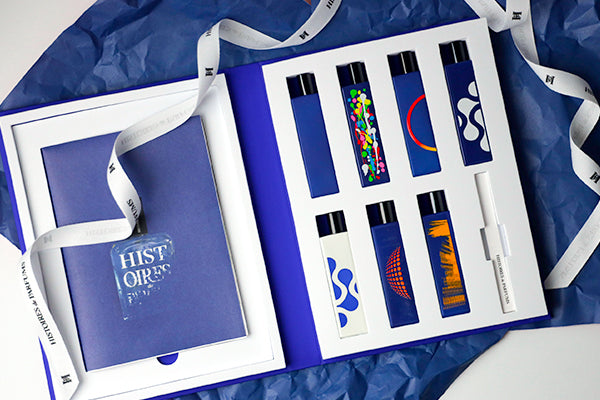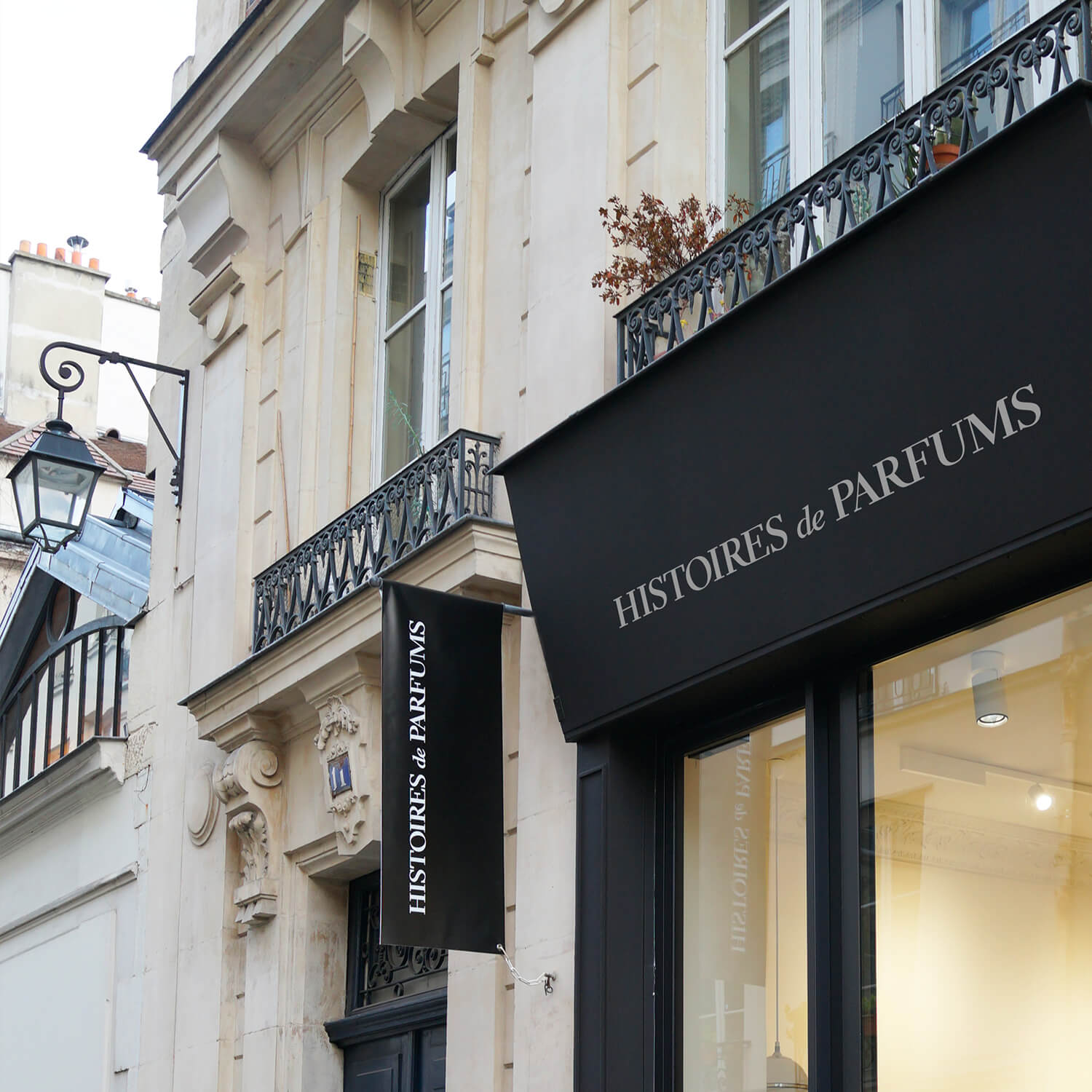August 15-18, 1969: Woodstock

The Woodstock festival at Bethel...
Young producer Michael Lang, organized the festival with the intention of raising enough capital to build his own recording studio. The festival was called "Woodstock Music and art Fair" and promised Bob Dylan as the headliner. Unfortunately for Michael, Dylan was not available, and the local authorities refused to accommodate the festival. Solutions oriented, the festival was moved to a separate location, 100 kilometers from where it was supposed to be held, in the small town of Bethel near White Lake. However, with all the flyers already printed out, the name Woodstock didn't change to Bethel.
A quickly outnumbered organization
Staff expected the attendance of around 50 000 guests paying an entry fee of $6. However, on the first day, the staff had to re-strategize as over 200 000 guests arrived. The fences enclosing the festival eventually had to be taken down, and the entry fee was entirely removed by the event organizers.
The massive influx of guests caused major road blocks and prevented even artists from accessing the site. Artists, supplies, and medication had to be helicoptered in by the American Army.
Musicians on Stage
The first act was performed by Richie Havens. He stepped in to replace the Sweetwater group who was road blocked by the traffic. His interpretation on guitar of the song "Freedom" was the first groundbreaking moment that contributed to the festival's history.
32 artists proceeded to go on stage including The Who, Janis Joplin, Jimi Hendrix, Joan Baez, Jefferson Airplane... With this, however, many big artists were also missing including Bob Dylan, the Doors, the Rolling Stones and even the Beatles who had been separated since 1966. Nevertheless, the festival went on to last 4 days instead of the original 3.
The last high point of the festival, and certainly the most memorable, was Jimmy Hendrix's guitar interpretation of the American national anthem. However, what's less talked about is the fact that he also played on the morning of the last festival day, with only 30 000 spectators there to listen.
A financial fiasco, a legendary story
Between the record-breaking number of attendees, and gratuity, the organizers of Woodstock weren't able to reap much profit. Thankfully, in the following year, Woodstock came out in theatres. Along with the film, they also resold their rights and profited from generous compensations.
It is estimated that a total of 500 000 people attended the festival. The festival is remembered as a symbol of transformation in America, with Woodstock as the turning point in history which united the youth to push back against traditional norms, and reject pacifism and capitalism.






Leave a comment
This site is protected by hCaptcha and the hCaptcha Privacy Policy and Terms of Service apply.